Nikon Coolpix S3100 Review
Nikon Coolpix S3100
The upgrade of the best selling digital camera in Europe for last year has arrived. Does the new model deserve to do equally well?
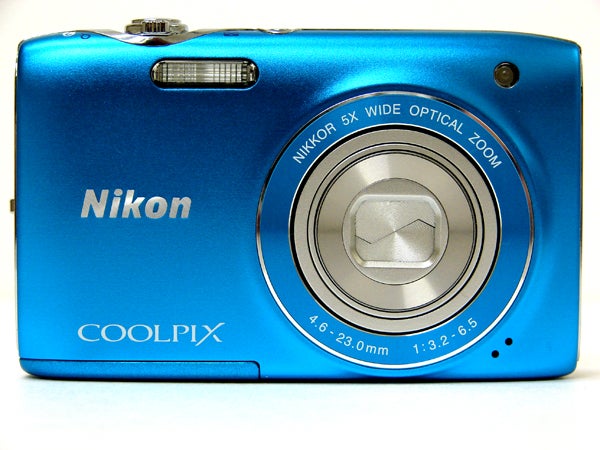
Verdict
Pros
- Available in many colours
- Slim
- Easy to use
- HD video
Cons
- Mediocre image quality
Key Specifications
- Review Price: £115.00
- 14 megapixel sensor
- 5x (26 - 136mm) zoom lens
- HD Ready video
- Multiple colour options
Not all of us are looking for a camera with which to make competition standard prints; sometimes all we want to do is point and shoot and end up with an attractive result that doesn’t require much, if any, image editing. And if we can get that for a reasonable price, all the better. Ticking those boxes is the new Coolpix S3100, which offers an effective resolution of 14 megapixels and a 5x zoom lens.
Available in a range of seven vivid colours – citrus yellow, pink, purple, blue and regulation silver and black – the cheerful label can be applied to this camera even before you’ve taken a photo, assuming any of the above colours takes your fancy. The S3100 inevitably also boasts slender proportions and manageable weight of just 118g with battery and card, so it will slot equally well into any handbag or trouser pocket. 
For the cheap part of the equation, prices of between £115 and £130 seem to fit the bill. Inevitably, at this price you’re looking at a camera with no few manual controls, so if you start to get a bit ambitious with your shooting you may soon out grow it.
There are some interesting stats that come with the S3100. It upgrades last year’s 12 megapixel S3000, which Nikon claims was, incredibly (considering its mediocrity), Europe’s best selling camera for 2010. This immediately lends the S3100 a place of importance within the manufacturer’s line up that belies its gaudy/glossy exterior and high volume/low cost market position.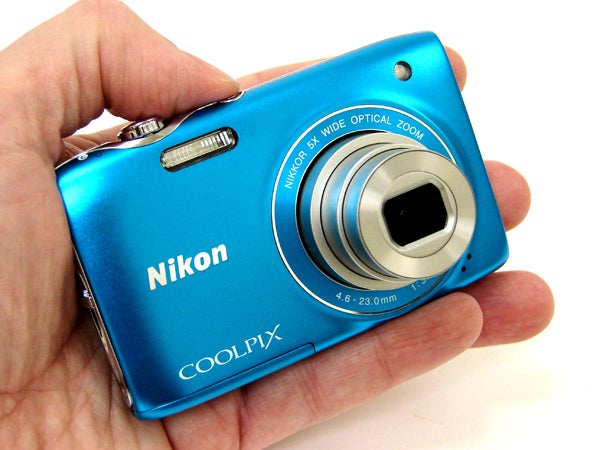
Reminding us a lot of last year’s great value and similarly dinky S5100 model, the new Nikon S3100 is one of a co-announced Coolpix trio which includes the touch screen S4100 and 7x zoom S6100. This unit’s own 5x optical zoom, the equivalent of a wider than most 26-130mm in 35mm film terms, is an improvement over the S3000’s 4x, and is shoehorned into its slim-line, 18.4mm, body (also an improvement over its predecessor’s 19mm frame). Inevitably, the lens aperture is a modest f/3.3-6.5 so low light shooting will more often than not require a flash or very steady hands and subjects. Unfortunately there’s no sensor shift nor optical stabilisation mechanism to help out in the latter scenarios or when shooting handheld at the telephoto end of the zoom.
More positively, the S3100’s 2.7-inch, 230k dot resolution LCD screen is claimed to be brighter than its forebear’s despite being identically sized, which we found was borne out in testing. 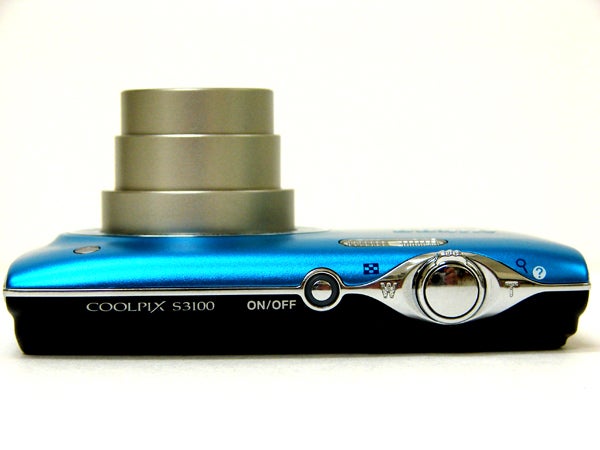
HD video recording is a thoroughly unsurprising addition in this day and age, though here’s it’s of the HD ready, 1,280×720, variety. You even get a dedicated record button located at the top right hand corner of the backplate, which is a rare addition on lower priced cameras. Press this and recording instantly commences, the screen’s default 4:3 aspect ratio cropped to the widescreen 16:9 in which hthe footage is being recorded. There’s no HDMI output however, just standard definition AV output and USB 2.0 connectivity, sharing a port at the camera’s base, next to the shared compartment for the supplied rechargeable lithium ion battery and optional SD, SDHC or SDXC media card. Incidentally, the battery is charged within the camera, as Nikon, doubtless to keep costs down, has supplied a generic USB mains adapter into which one end of the supplied USB cable neatly slots.
Despite being a mere slip of a thing, Nikon is pitching the S3100 as a camera that has both style and substance. With a metallic finish faceplate and matt black plastic back plate, the S3100 both looks attractive whilst feeling surprisingly sturdy when gripped in the palm. Inevitably at this entry level end of the market, there’s nothing resembling a handgrip at all to be found at the front of the camera, so your fingers slip and slide around its faceplate, six raised plastic nodules at the rear providing the only point of purchase for the thumb.
This means that the camera is difficult to hold rock steady and level when shooting handheld, and even in broad daylight this resulted in us getting some blurred results when shooting at the telephoto end of the zoom, due to camera shake. Nikon offers software based electronic stabilisation (Or as Nikon terms it ‘Vibration Reduction’) which boosts ISO and shutter speed to try and compensate; but in fact it falls short as well as reducing image quality. A wrist strap can be attached via a lug on the camera’s right hand side (if viewed from the back) so you don’t actually drop it.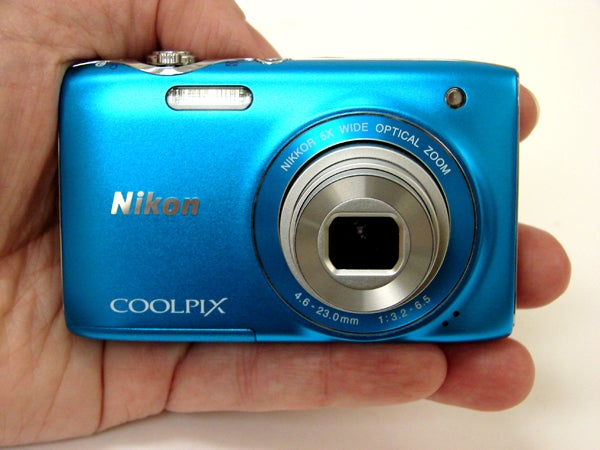
So while there are a few desirable features missing, some useful point-and-shoot additions are available. Smile Timer, Blink Proof, in-camera red eye fix and Skin Softening all help you to more easily take group photos and keep portraits looking their best. Again, though, it’s worth noting that if none of these automatic settings can get the job done there are no manual options to fall back on – a typical situation for budget compacts but annoying nonetheless.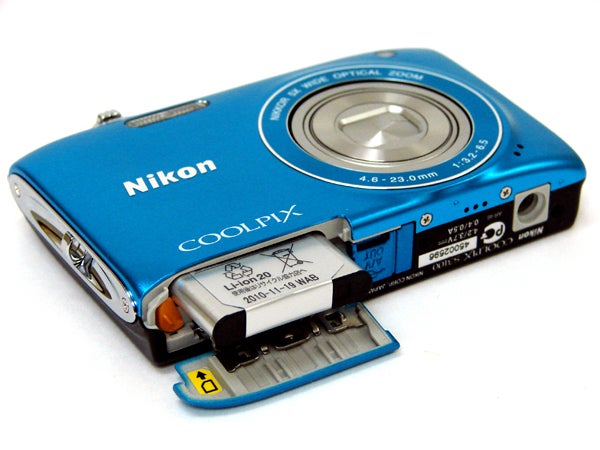
That said there is the option for a degree of creativity with its colour modes, which range from the default setting of standard, through the alternatives of vivid, black and white, sepia or cyanotype.
There’s no obvious dedicated shooting mode button or dial here, as fully automatic image capture is by default the main setting. Thus you can turn the camera on and, provided date and time have been pre-set, be up and shooting near instantly. However we do get a dedicated ‘scene’ mode button which lets you instead drill in to a collection of 19 pre-optimised options, covering the usual selection of portrait, both human and animal, and landscape biased snapping. Even among these there is a ‘smart’ option, letting the user rely on the camera to decide which of the scene modes it deems most appropriate for any given scene or subject. 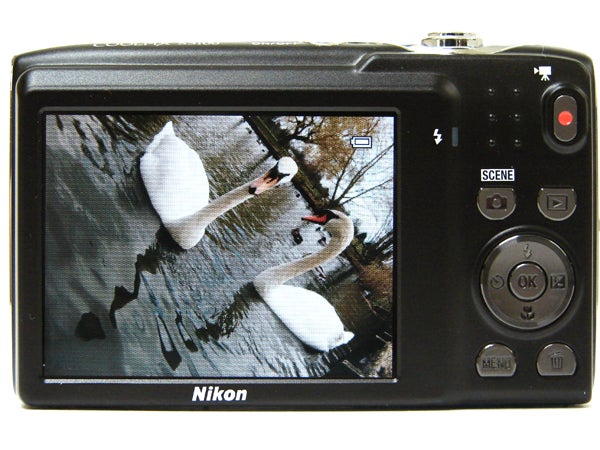
Via a left hand toolbar that pops up alongside, users can furthermore drill into the aforementioned Smart Portrait system options or, unusually for a camera in this price bracket, tab further down and activate subject tracking to maintain focus on moving subjects. Again, the impression given by the S3100 is that if offers rather more than one might expect from a humble pocket snapshot.
Operation of the S3100 is a cinch, as it should be. The largest and most obvious button here is the shutter release, which is encircled by a rocker switch for operating the zoom. It has a noticeable ‘halfway’ point when pressing down to have the camera determine focus and exposure before pressing down fully to take the shot. Next to this, and also set into a narrow chrome strip that runs along the top plate and drops down at either side, is a small, recessed power button. This is a bit more fiddly, requiring fingertip precision to activate, at least ensuring that the camera won’t easily get activated accidentally when in a pocket or handbag.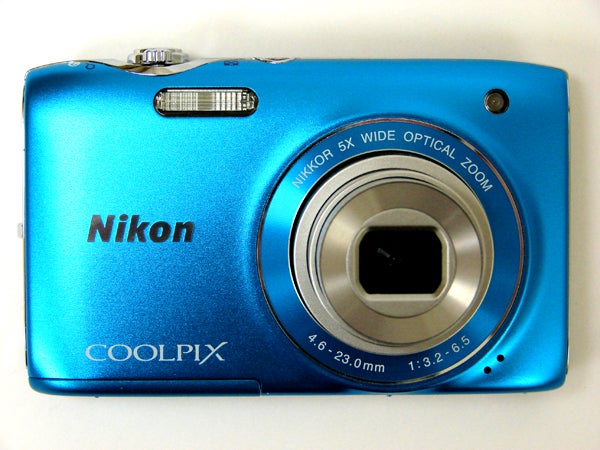
The camera is commendably fast to respond, powering up from cold in just over a second. A half press of the shutter release button and there’s the briefest of delays whilst the S3100 determines focus and exposure, AF point/s highlighted in green on screen.
Two thirds of the back plate is dominated by the LCD, in the expected absence of any optical viewfinder. As with all cameras of this ilk, the camera’s monitor is a bit below par in terms of both size and resolution but is nevertheless adequate for general purpose snapping, when the camera is held at shoulder height. But when attempting low angle shots, its angle of view wasn’t sufficient for us to be able to see what was going on.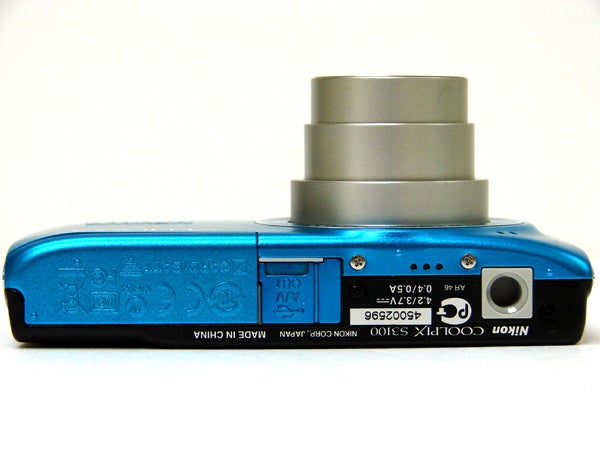
Take a shot and it’s a wait of the standard 2-3 seconds whilst an image is written to SD card or built-in memory, the screen briefly blanking out and then displaying the captured shot. If using the zoom, the lens travels through the entirety of its optical range in two to three seconds, though there’s a brief pause before it kicks into life.
In terms of still image quality, shots taken at maximum resolution and at the widest zoom setting display softness towards the corners of frame which isn’t uncommon at the budget end of the market. Neither is purple pixel fringing between areas of high contrast, which also makes an appearance. Such fall-off of focus is better disguised when shooting natural subjects than buildings – and examples of both can be found in our test samples for you to carry out your own comparisons. In addition we struggled to get a sharp image when shooting at maximum telephoto, even in broad daylight and despite its relatively modest focal range. In such circumstances we found it better to take two or three sequential shots of the same thing, or even to apply the self timer to avoid unduly ‘jogging’ the svelte camera with a full press of the shutter release button and causing camera shake. For such reasons of practicality, you certainly wouldn’t want a digital camera much slimmer than the S3100.
On its default ‘standard’ colour option setting we found colours were a little drab straight out of the camera and images looked flat overall too – easily adjusted with an application of Auto Levels in Photoshop. Of course though, it’s conceivable that the target audience for the S3100 won’t own a copy of the image editor exemplar; so in such cases we found merely switching to ‘vivid’ mode produced a warmer and more pleasing result – though for some subjects, chiefly those displaying a fair amount of colour anyway, results can look a little over-cooked. So do what we did; take two shots and choice best.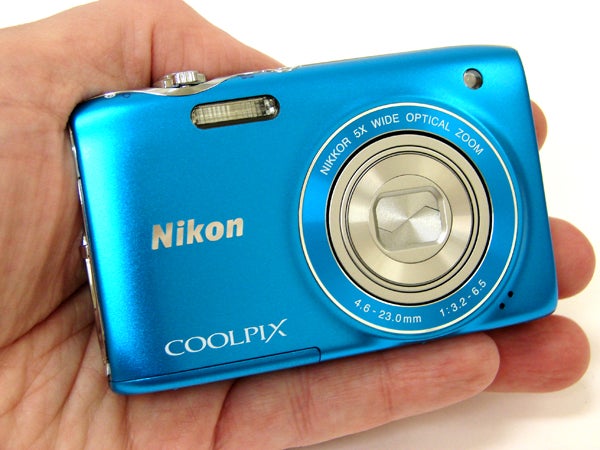
In this way it is possible to get decent results from the S3100 – certainly above what we expected at this low cost end of the market, and ones which are comparable with the impressive Coolpix S5100 from last year, which again was one of the very best options for those with just over £100 to spend on a new camera. Despite a relatively high number of pixels being crammed on to a relatively small chip, you can crank the ISO up without image quality degrading too much. Up to and including ISO400 there are no problems with image noise creeping into shadow areas either, and we’d be happy shooting at the next incremental jump of ISO800. At ISO1600 detail is being more noticeably lost and at top whack ISO3200, images are resembling watercolours with soft, fuzzy edges to subjects. Again this is slightly better than we expected from a point and shoot camera in its relatively modest snapshot class.
”’Verdict”’
At this price point you can’t really expect a digital camera to be anything other than basic and functional, an expectation that the Nikon Coolpix S3100 happily surpasses. The main improvements over its predecessor are a bigger zoom, a couple of million extra pixels, and HD video rather than standard definition. That being said, this is not the type of low cost camera that would have someone seriously consider moving from one generation to the next; hopefully existing S3000 owners will set their sights higher for their next upgrade, and for those users a high performance compact like Nikon’s equally new Coolpix P300 or its rival in the Panasonic DMC-LX5 would be a better if more expensive bet.
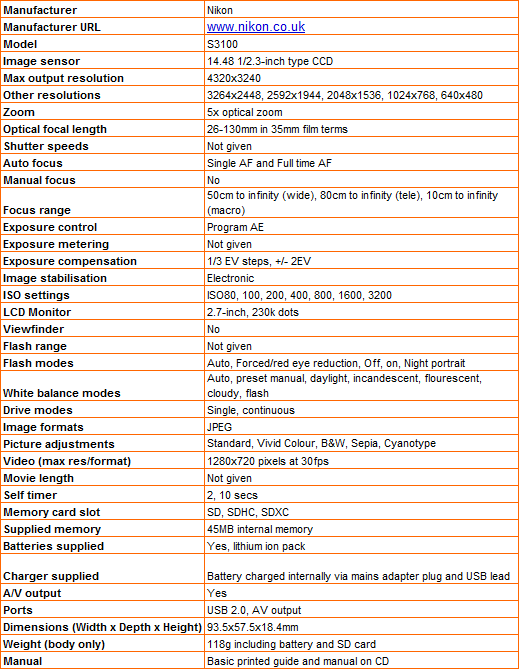
”’The Nikon Coolpix S3100 offers a light sensitivity range a little broader than most budget snapshots, starting out at ISO80 and topping out at ISO3200. We also get both Auto ISO and two user selectable fixed range settings, of either ISO80 to ISO400, or ISO80 to ISO800, so you can limit how high the camera automatically ‘strays’ to preserve picture quality. Let’s see how the Coolpix gets on.”’
—-

—-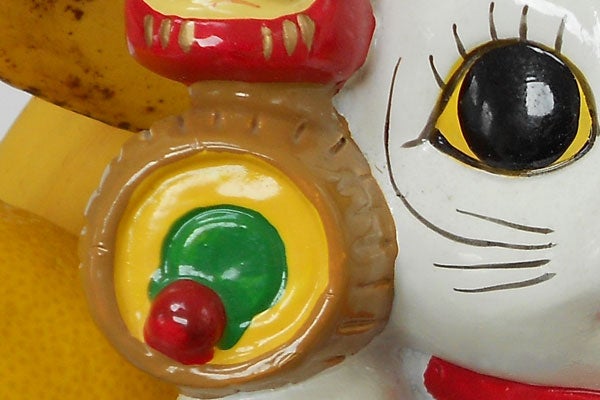
The lowest setting on the S3100 is ISO80, coincidentally also the option the camera itself chose when we tried both Auto ISO and the Fixed Range ISO settings. As we’d expect there’s no noise visible anywhere in the image.
—-
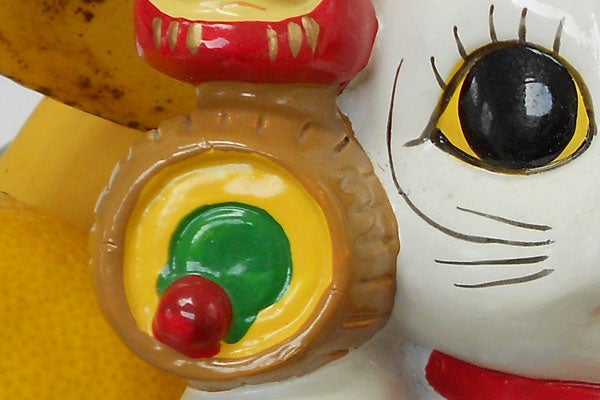
Up a notch at ISO100 and all is still well with the S3100’s performance.
—-
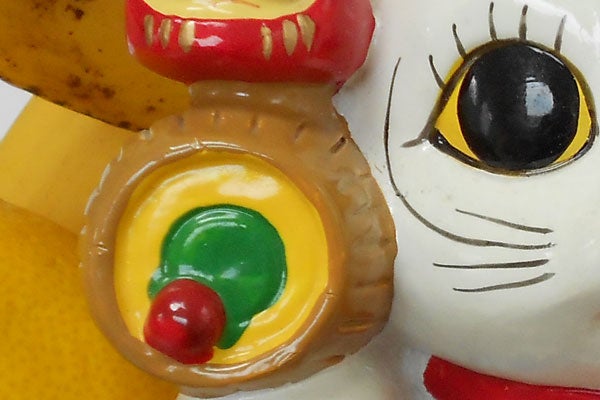
Moving up to ISO200, and again no image noise to report.
—-
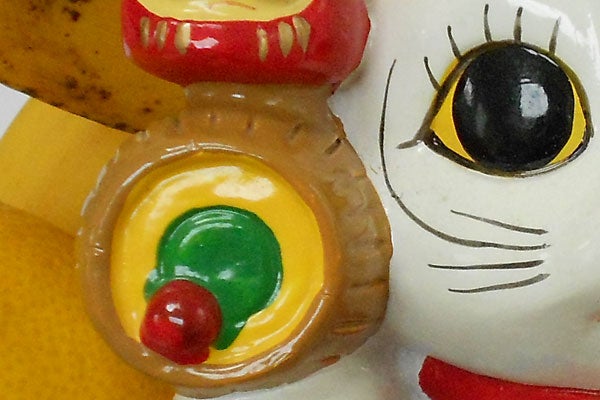
We’re at ISO400, the setting at which noise begins to creep into shadow areas on lesser compacts. But again we have a clean bill of health from the S3100.
—-
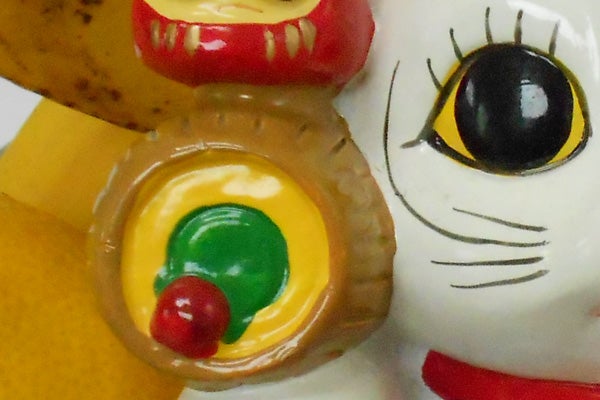
At ISO800 there’s a subtle softening of overall detail which has again kept any instance of image noise at bay.
—-
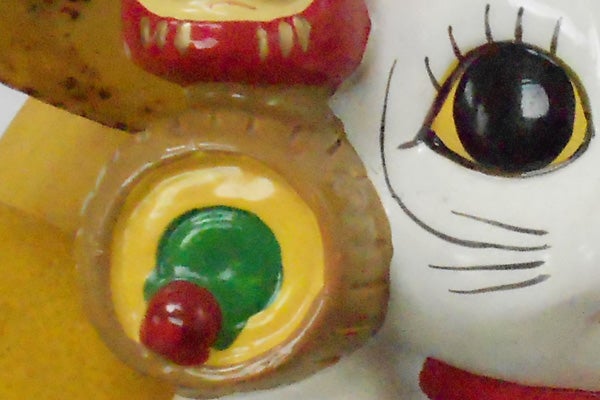
At ISO1600 there’s a shift in colour balance and shadow detail is beginning to take on a speckled appearance – but only if you’re really looking closely.
—-
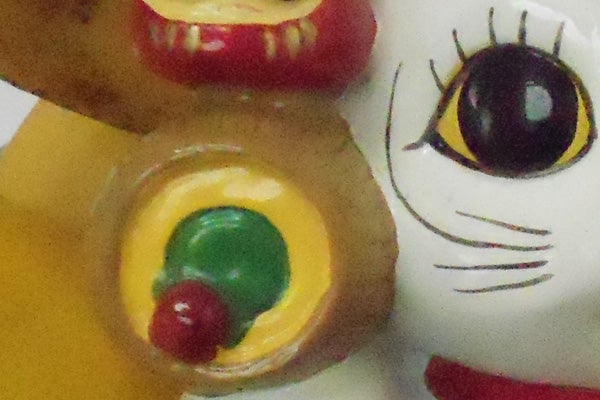
The top setting of ISO3200 and here we notice an obvious smoothing effect across the entire frame to limit any intrusion of noise – the shot beginning to take on a watercolour-like appearance. Overall though the S3100 has delivered an impressive ISO performance for this class of camera.
—-
A more general selection of test shots are revealed on this page and next to act as an evaluation of the Nikon S3100 in a variety of shooting conditions.
—-
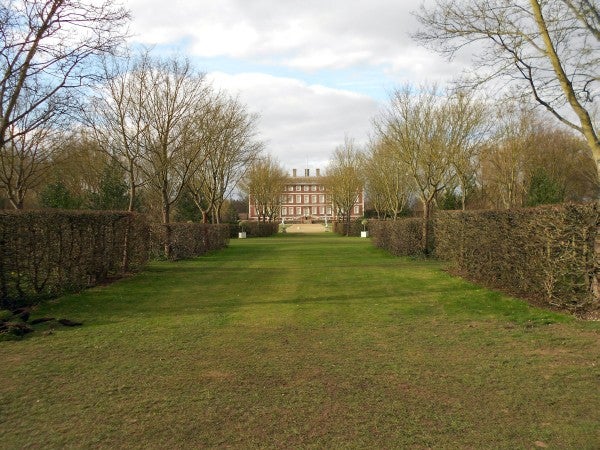
This extreme wide angle composition, shot at 26mm equivalent, shows how much can be shoehored into frame with the S3100. If we’re being picky there is some softening of detail towards the corners and also some pixel fringing noticeable in the top left hand corner of the frame where the tree branches meet the sky – but neither are surprises on snapshot model.
—-
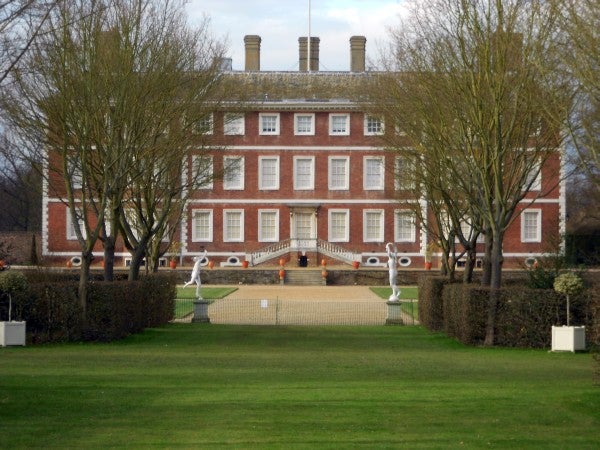
A second image taken from the same vantage point but now at the telephoto end of the zoom (130mm equivalent) to display the breadth of the focal range on offer in practical terms. This shot is a little softer overall and we struggled on occasion to get pin sharp images shooting handheld at this setting, whereupon camera shake became a problem, even in broad daylight.
—-
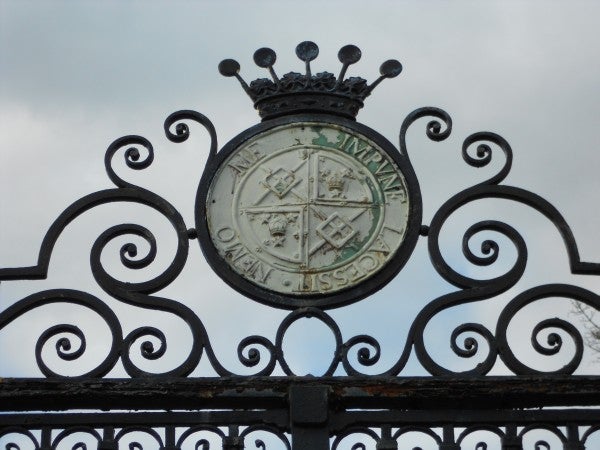
Our standardised rusty gate shot taken at the telephoto end of the zoom. There’s sufficient detail here to display the flaky paint and rusting metal, but again we would have preferred a sharper image overall.
—-
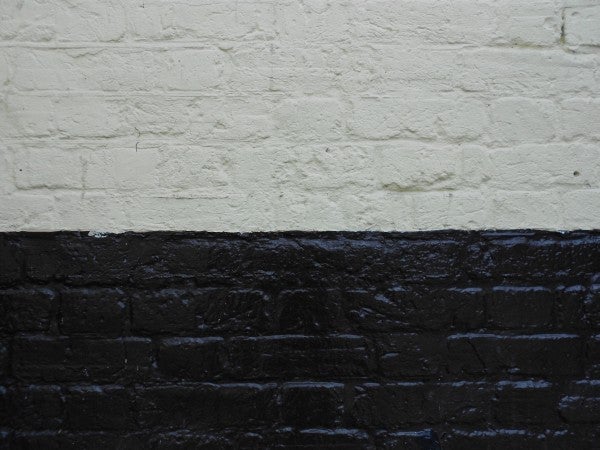
Not the most visually arresting of subjects but a good example of the level of detail that can be captured by the S3100’s lens and sensor combo. Like our initial wide angle shot at the top of the page, what’s centre of frame is sharper than toward the edges, but it seems churlish to grumble that a £100 camera doesn’t perform quite as well as one three times the price. For the money, this is a good performance.
—-
”’Here are some general test shots taken with the Nikon S3100 to give an idea of performance ability when it comes to image quality, dynamic range, colour rendition and the focal range provided.”’
—-
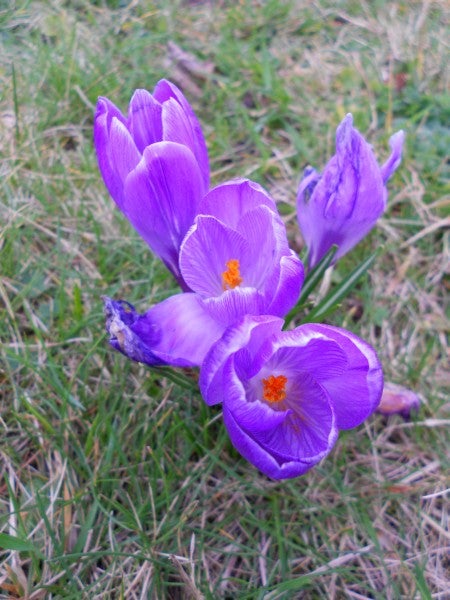
The S3100 can focus as close as 10cm from your subject, which, whilst not exactly class leading, is again adequate for the money being asked. Here, with ‘standard’ colour option selected the colours are if anything a little more muted than we recall them being in the subject at the time; luckily then there is also a Vivid colour option to provide an in-camera boost as and when needed.
—-
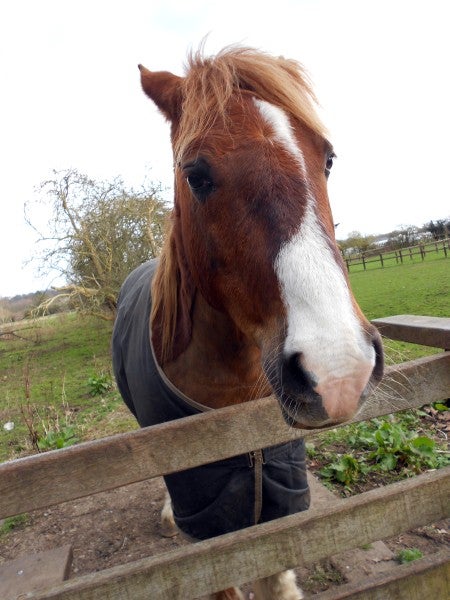
The Nikon’s naturalistic colour rendition can suit some subjects better than others – as here – but overall we feel this image from the camera is a little flat, plus we’ve totally lost detail in the sky here, the S3100 exposing for foreground detail instead.
—-
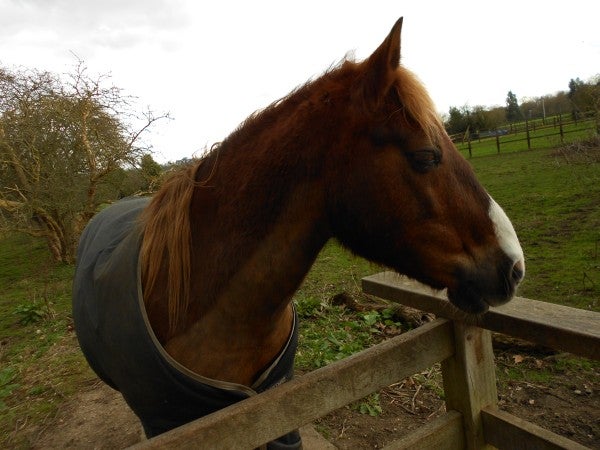
By way of contrast then here’s the same subject with Vivid colour mode selected which has produced a punchier shot overall, even if the colour on the horse is now a little ‘warm’ for our personal tastes – so it’s worth experimenting a bit.
—-
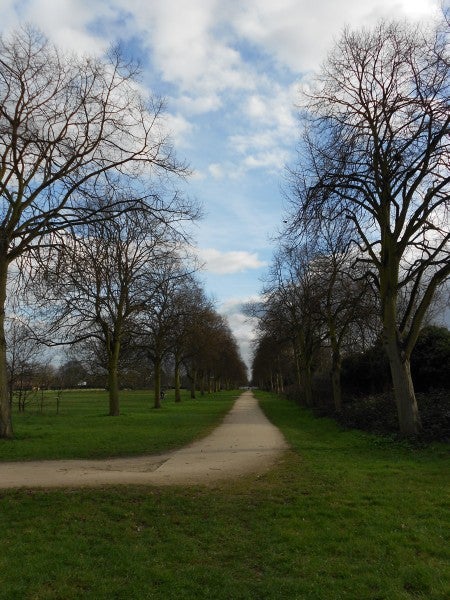
When the Nikon does get it right and focus, exposure and colour rendition come together in perfect harmony – and this is one of the closest examples of that we got – then the results can actually transcend what one might expect from a camera retailing for just over £100.
—-
Trusted Score
Score in detail
-
Value 9
-
Image Quality 8
Features
| Camera type | Digital SLR, Digital Compact |
| Megapixels (Megapixel) | Megapixel |
| Optical Zoom (Times) | 12 Xx, 5 Xx |
| Image Sensor | CCD |
| Image Stabilisation | Optical, Electronic |
| LCD Monitor | 3 in, 2.7 in |
| Flash modes | Auto Flash, Flash OFF, Flash ON, Red-eye Reduction, Slow Sync |
| Video (max res/format) | 640 x 480, 1280 x 720 |

